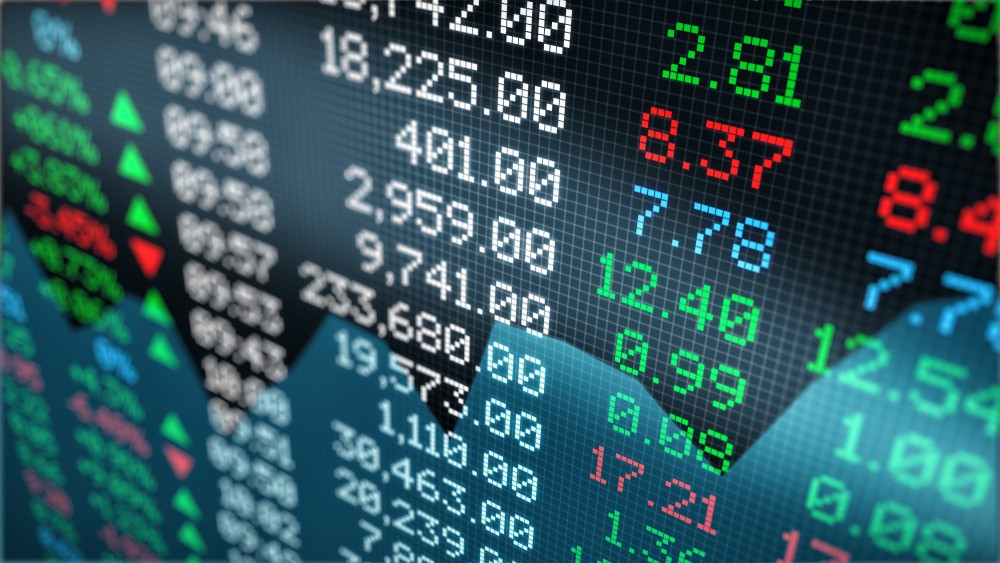Oil prices increased on Wednesday as a result of Russian threats to break its energy supply agreements. This reversed previous session losses when prices plunged to their lowest levels since Russia invaded Ukraine.
Following a low of $91.20 on February 18th, Brent oil futures were up 85 cents, or 0.92%, at $93.68 a barrel at 0931 GMT. The price of American West Texas Intermediate oil futures increased by 80 cents, or 0.92%, to $87.68. The benchmark had previously dropped to its lowest point since January 26 at $85.08 for the day. Following President Vladimir Putin’s statement on Wednesday that Russia will stop producing gas and oil if price limitations are put on its energy resources, oil prices have recovered.
Analysts already anticipate a limited supply of oil over the year’s last three months. The imposition of an EU ban on Russian oil and the suspension of SPR (strategic petroleum reserve) releases from the United States have the potential to cause a worldwide supply shortage this winter, according to PVM analyst Stephen Brennock. Expectations of lower oil stockpiles in the US provided additional assistance.
What Should We Expect from the Energy Markets?
U.S. oil stocks are predicted to have decreased for a fourth straight week, falling by an estimated 733,000 barrels in the week ending September 2. Due to a holiday on Monday, the American Petroleum Institute and Energy Information Administration will publish their weekly inventory reports for the United States on Wednesday and Thursday, respectively, one day later than usual.
The Organization of the Petroleum Exporting Countries (OPEC) and their allies, collectively known as OPEC+, opted to reduce output by 100,000 barrels per day in October despite impending supply constraints. Fears about demand have grown as a result of the possibility of a worldwide economic downturn. The shutdown of the Nord Stream 1 pipeline, according to credit rating agency Fitch, has raised the possibility of a eurozone recession.
When the European Central Bank meets on Thursday, it is largely anticipated that rates would increase significantly. On September 21, there will be a meeting of the US Federal Reserve. Weak Chinese economic indicators have made matters worse because Chengdu and other cities are under lockdown because of China’s strict zero-COVID policy.









COMMENTS